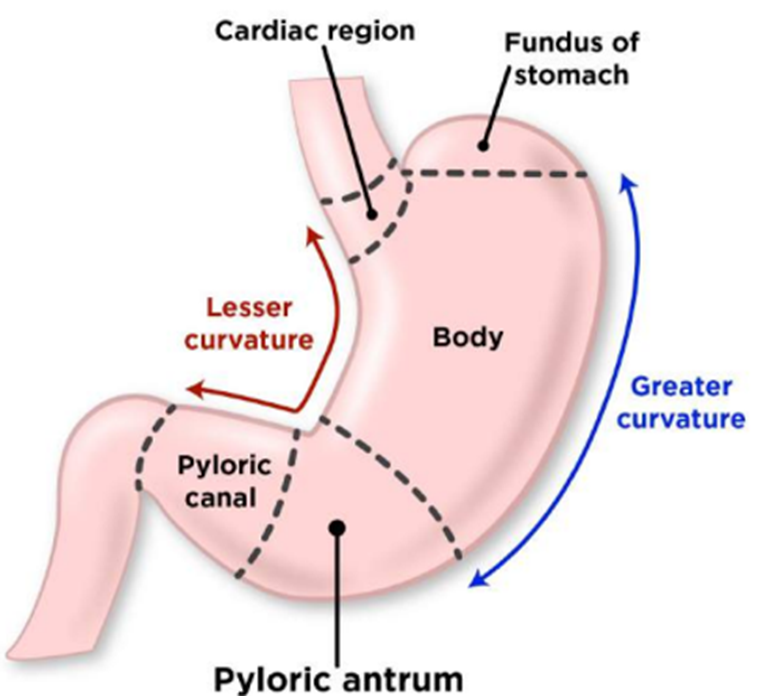A nurse is collecting data from a client who has an NG tube in place for gastric decompression. Which of the following findings should the nurse report to the provider?
Greenish-yellow drainage
Report of hunger
Gastric contents are present in the air vent
Abdominal distention
The Correct Answer is C
Choice A reason: This is not the correct answer because greenish-yellow drainage is a normal color for gastric secretions and does not indicate a problem.
Choice B reason: This is not the correct answer because a report of hunger is common for a client with an NG tube and does not require intervention.
Choice C reason: This is the correct answer because gastric contents in the air vent mean that the NG tube is clogged or kinked and needs to be flushed or replaced. This is the correct answer because it indicates that the NG tube is not functioning properly and could cause aspiration or infection. The other findings are expected or normal for a client with an NG tube.
Choice D reason: This is not the correct answer because abdominal distention is a common reason for placing an NG tube and should improve with gastric decompression.

Nursing Test Bank
Naxlex Comprehensive Predictor Exams
Related Questions
Correct Answer is ["B","C","E"]
Explanation
Choice A reason: A client's dissatisfaction with the temperature of the meals is not an incident that requires a report. The nurse should inform the dietary staff and try to accommodate the client's preferences.
Choice B reason: A client's burns from a heating pad is an incident that requires a report. The nurse should document the cause, extent, and treatment of the burns, as well as the client's response and any actions taken to prevent recurrence.
Choice C reason: A client's disorientation and fall out of bed is an incident that requires a report. The nurse should document the circumstances, injuries, and interventions related to the fall, as well as the client's response and any changes in the plan of care.
Choice D reason: A client's inability to afford the physical therapy is not an incident that requires a report. The nurse should refer the client to a social worker or a financial counselor who can assist with finding resources and options.
Choice E reason: A client's visitor's dizziness and fainting in the client's room is an incident that requires a report. The nurse should document the event, the visitor's condition, and any actions taken to assist the visitor.
Correct Answer is D
Explanation
Choice A reason: This is incorrect because listening to music is not a form of guided imagery, but a form of distraction, which may or may not be effective for pain management.
Choice B reason: This is incorrect because noticing the sensation of muscle tension is not a form of guided imagery, but a form of mindfulness, which may help with pain awareness, but not necessarily with pain relief.
Choice C reason: This is incorrect because using focused breathing is not a form of guided imagery, but a form of relaxation, which may help with pain reduction, but not with pain transformation.
Choice D reason: This is correct because thinking about a pleasant and meaningful place is a form of guided imagery, which involves using the imagination to create a positive and vivid sensory experience that can alter the perception of pain.
Whether you are a student looking to ace your exams or a practicing nurse seeking to enhance your expertise , our nursing education contents will empower you with the confidence and competence to make a difference in the lives of patients and become a respected leader in the healthcare field.
Visit Naxlex, invest in your future and unlock endless possibilities with our unparalleled nursing education contents today
Report Wrong Answer on the Current Question
Do you disagree with the answer? If yes, what is your expected answer? Explain.
Kindly be descriptive with the issue you are facing.
